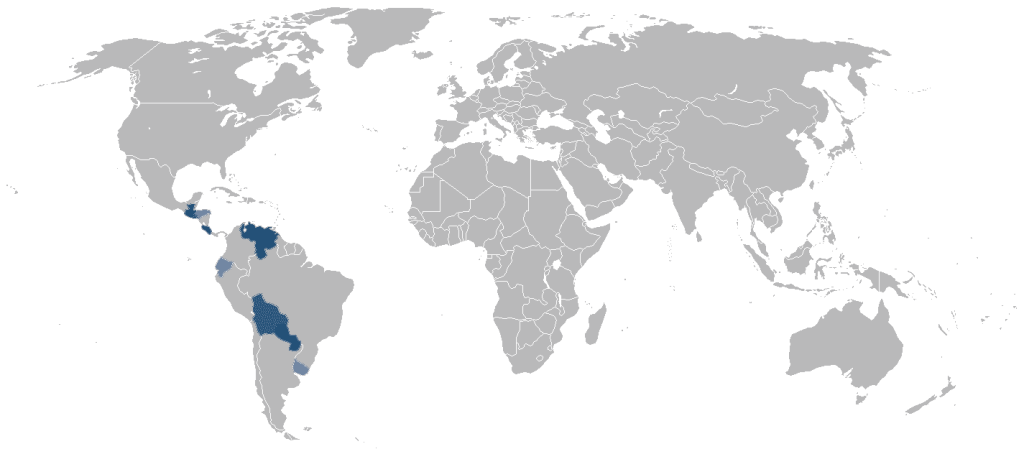Transfer Pricing Documentation
The technical documentation study consists of the Local Report, Master File, and Country-by-Country Report. Conversely, it will depend on the location of your country, which may vary the document’s name. Thus, please visit your country here below.
What Is Transfer Pricing for?
It is employed to avoid mispricing among related parties, establishing the allocation of value as independent parties perform.
Objectives
Transfer Pricing ensures related party transactions are under the Arm’s Length Principle. Thus, it aims to facilitate the transfer of assets and avoid tax evasion or avoidance.
Features
Transfer Pricing features are implemented in several countries through local regulations.
For further information on the regulations in other countries, please search here.
Likewise, the OECD Transfer Pricing Guidelines have established common aspects such as companies belonging to the same corporate group or person and the profit shifting among companies through this price.
Entity Required to File the Transfer Pricing Study

Each country has formal Transfer Pricing obligations established in its national tax legislation. The countries currently obliged to draft and file the Technical Study are the following:
- Bolivia
- Costa Rica
- Ecuador
- El Salvador
- Guatemala
- Honduras
- Paraguay
- Uruguay
- Venezuela
Penalties
In the event of non-compliance with the obligations related to transfer pricing, the Tax Administration of each country will impose penalties varying according to the regime thereof. For further information concerning these penalties to avoid them, check the country in which you pay taxes.
Fines
Each Tax Administration will establish fines according to its criterion, with a range according to the parameters of each jurisdiction. These fines are sums of money that taxpayers who do not comply with the Transfer Pricing obligations shall pay.
